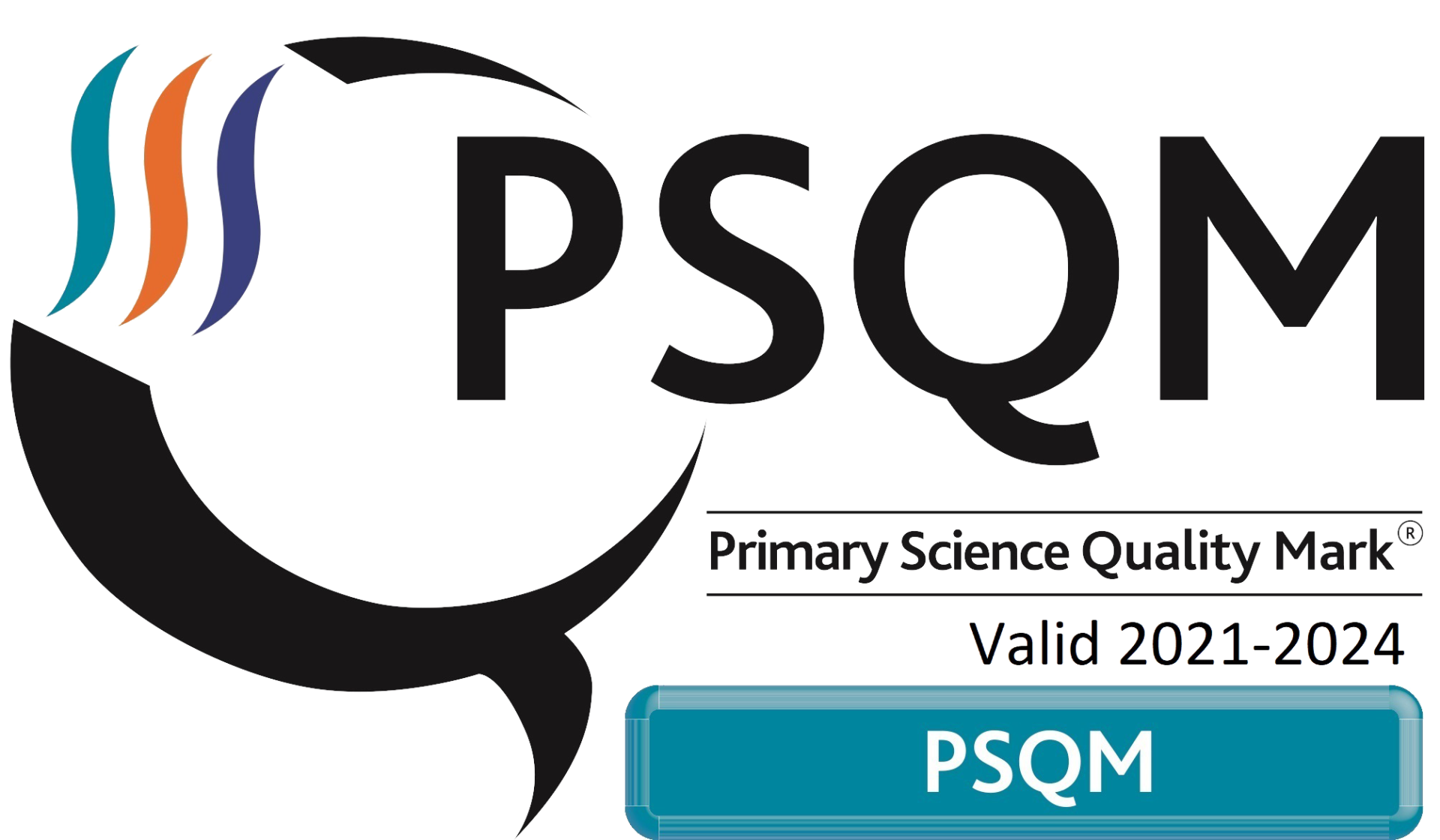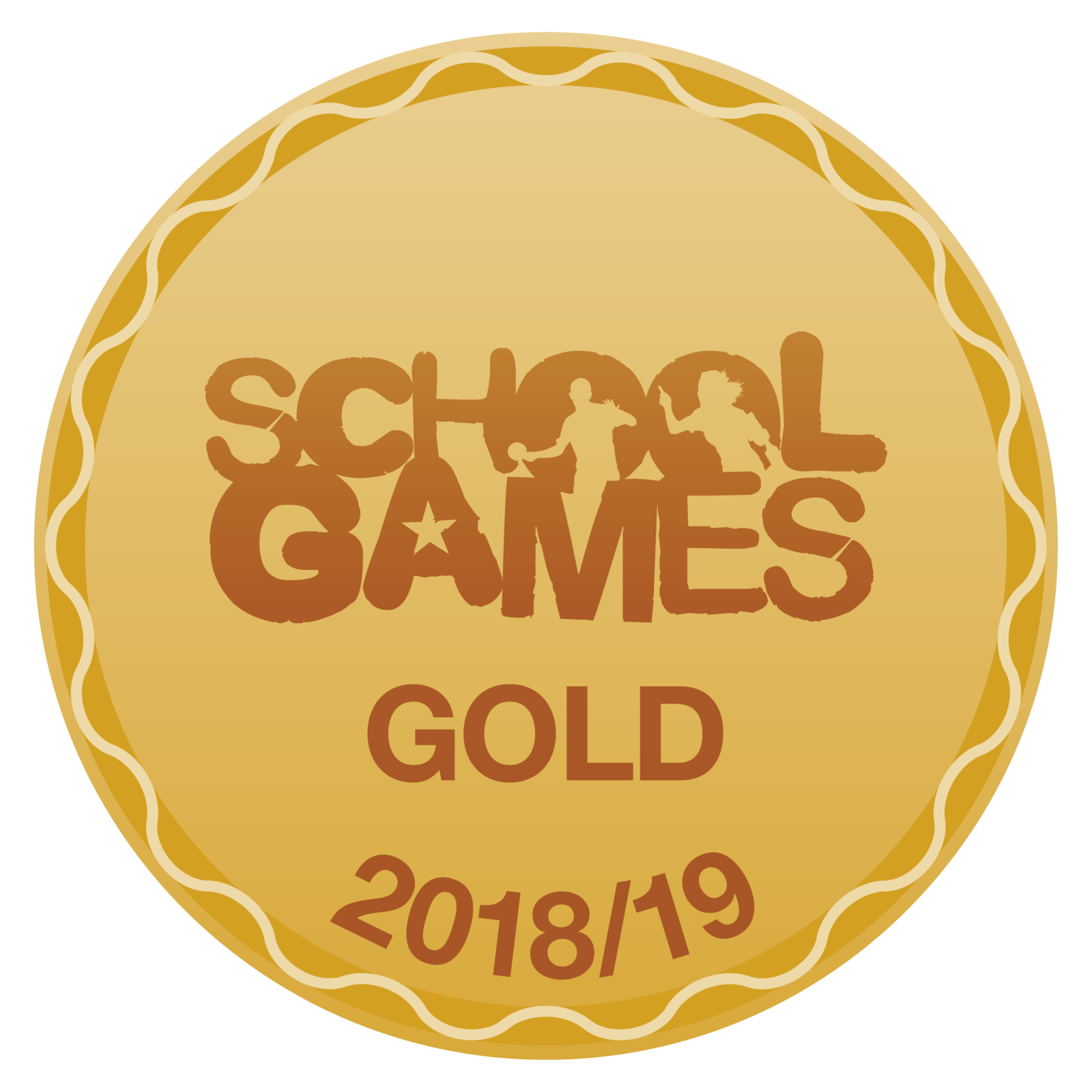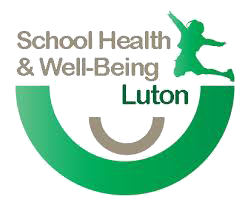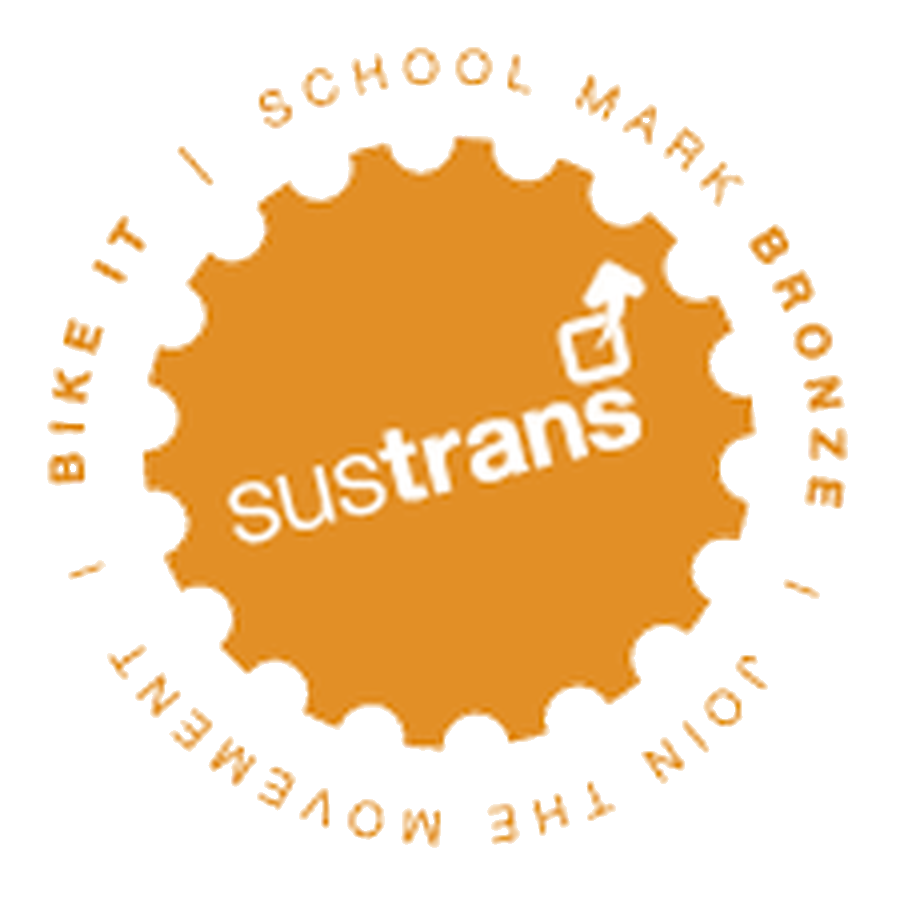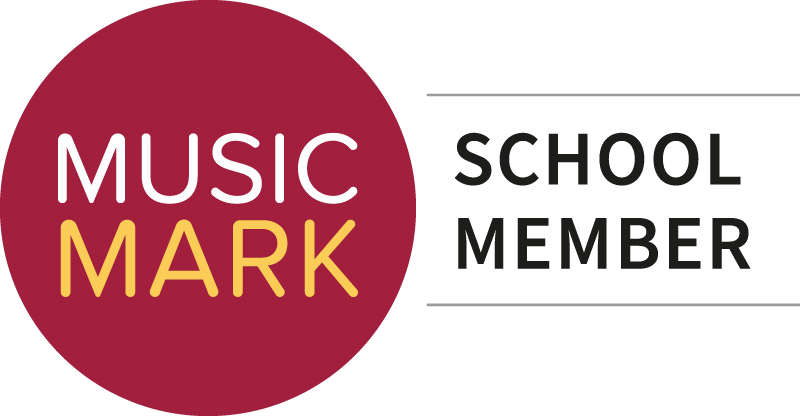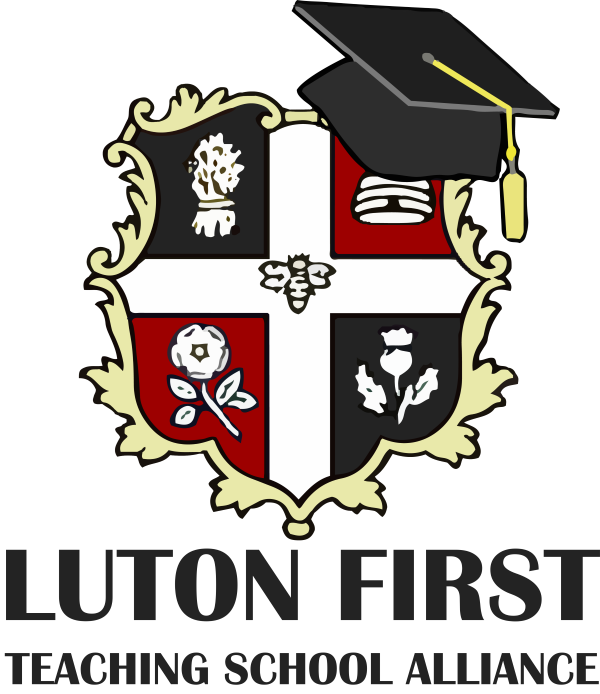Music
Curriculum Intent
The Meads Primary School is committed to meeting the requirements of the primary National Curriculum, underpinned by our core values of Resilience, Respect, Responsibility, Kindness and Joy. At the Meads Primary school, we believe that the learning of music provides a valuable educational, social and cultural experience for our pupils. Music is a universal language that embodies one of the highest forms of creativity. A high-quality music education should engage and inspire pupils to develop a love of music and their talent as musicians, and so increase their self-confidence, creativity and sense of achievement.
Our vision for music is that we provide every child with high-quality music experiences that involve and motivate them. We provide opportunities for all children to create, play, perform and enjoy music and to appreciate a variety of music styles. We aim for every child to leave The Meads Primary School with a range of musical skills, knowledge and an understanding and love of music which they can carry with them for the rest of their lives.
During their time at The Meads Primary Schools, children will:
- Enjoy and appreciate a wide variety of musical styles
- Explore how sounds are made, and how music is produced by a variety of instruments
- Develop imagination and creativity
- Build a sense of pulse and rhythm
- Understand a range of musical vocabulary
- Develop the interrelated skills of composition, improvisation, performance and appreciation; enjoy a wide range of songs and sing in tune
- Develop positive attitudes and to experience success and satisfaction in music.
Curriculum Coverage
Early Years
Expressive Arts and Design (Being Imaginative and Expressive)
- Children sing a range of well-known nursery rhymes and songs
- Children perform songs, rhymes, poems and stories with others, and (when appropriate) try to move in time with music
Autumn 1 – Me
- Play and perform music with different rhythms
- Respond to what they have heard
- Express thoughts and feelings
- Sing entire songs
Autumn 2 – Nativity Play
- Learn and sing songs with actions
- Performing for an audience
Spring 1 – Everyone
- Perform songs and rhymes with others
- Move in time to the music – different speeds and rhythms
Spring 2 – Our World
- Continue to learn and perform songs
Summer 1 – Big Bear Funk
- Listen and Appraise
- Musical activities
- Perform and share
Summer 2 – Reflect, Rewind and Replay
- Consolidation of learning
Vocabulary – songs, rhymes, speeds, rhythms, high, low, loud, quiet
Key Stage 1
Pupils should be taught to:
- Use their voices expressively and creatively by singing songs and speaking chants and rhymes
- Play tuned and untuned instruments musically
- Listen with concentration and understanding to a range of high-quality live and recorded music
Experiment with, create, select, and combine sounds using the inter-related dimensions of music
Year 1
Music teaching provided by the Luton Music Service, through the year-long Musical Awakenings Project
Autumn 1
- Identify pulse using body percussion and instruments
- Learn a simple rap
- Identify the difference between a rap and a song
- Listen to a rhythm and copy the rhythm
- Develop an understanding of pitch
- Investigate the sounds of different instruments
Autumn 2
- Investigate pitch
- Play pulse and rhythms using a range of percussion instruments
- Play rhythms by words and notation
- Understand dynamics and apply dynamics when using body percussion and instruments
Spring 1
- Explore different styles of music
- Develop ensemble skills
- Continue to explore pitch
Spring 2
- Introduction to timbre
- Further exploration of pitch
- Exploring rhythms
Summer 1
- Learn vocabulary linked to the dimensions of music
- Review dynamics
- Play rhythm and pulse on percussion instruments
- Sing songs with accuracy
- Understand the term timbre
Summer 2
- Sing songs with increased accuracy
- Play and read rhythms on percussion instruments
- Recognise pitch
- Add sound effects to stories
Vocabulary – pulse, body percussion, instruments, rap, rhythm, pitch, sounds, dynamics, timbre, loud, quiet, chant, tempo, beat
Year 2
Music teaching provided by school staff using the Charanga scheme
Autumn 1 – Hands, Feet, Heart
Genre: Afropop
- Listen and appraise – begin to recognise styles, find the pulse, recognise instruments, listen, discuss other dimensions of music
- Games – continue to internalise, understand, feel, know how the dimensions of music work together
- Warm-up Games – pulse, rhythm, pitch, tempo, dynamics
- Singing – continue to sing, learn about singing and vocal health, continue to learn about working in a group, band, or ensemble
- Playing – continue to play a classroom instrument in a group, band, or ensemble
- Perform/Share – work together in a group, band, or ensemble and perform to each other and as an audience
South African Music – Hands, Feet, Heart by Joanna Mangona, The Click Song sung by Miriam Makeba, The Lion Sleeps Tonight sung by Soweto Gospel Choir, Bring Him Back by Hugh Masekela, You Can Call Me Al by Paul Simon, Hiokoloza by Arthur Mofokate
Autumn 2 – Ho, Ho, Ho
Genre: Rap
- Listen and Appraise
- Games
- Singing
- Playing
- Perform/Share
Descriptions for all strands as above
Mixed Styles – Ho Ho Ho by Joanna Mangona (Christmas), Blame It On The Boogie by The Jackson 5 (Pop), Bring Him Back Home by Hugh Masekela (Freedom), Suspicious Minds by Elvis Presley (Pop), Sir Duke by Stevie Wonder (Funk), Fly Me To The Moon by Frank Sinatra (Big Band/Jazz)
Spring 1 – I Wanna Play in a Band
Genre: Rock
- Listen and Appraise
- Games
- Singing
- Playing
- Perform/Share
Descriptions for all strands as above
Other options
- Improvisation – continue to explore and create your own responses, melodies and rhythms
- Composition – continue to create your own responses, melodies and rhythms and record them in some way
Rock Music - We Will Rock You by Queen, Smoke On The Water by Deep Purple, Rockin’ All Over The World by Status Quo, Johnny B. Goode by Chuck Berry, I Saw Her Standing There by The Beatles
Spring 2 – Zootime
Genre: Reggae
- Listen and Appraise
- Games
- Singing
- Playing
- Improvisation
- Composition
- Perform/Share
Descriptions for all strands as above
Summer 1 – Friendship Song
Genre: Mixed Styles
- Listen and Appraise
- Games
- Singing
- Playing
- Improvisation
- Composition
- Perform/Share
Descriptions for all strands as above
Mixed styles – Friendship Song by Joanna Mangona and Pete Readman, Count On Me by Bruno Mars, We Go Together (from Grease Soundtrack), You Give A Little Love from Bugsy Malone, That’s What Friends Are For by Gladys Knight, Stevie Wonder, Dionne Warwick with Elton John, You’ve Got a Friend In Me by Randy Newman
Summer 2: Reflect, Rewind, Replay
Genre: Classical
- Listen and Appraise
- Games
- Singing
- Playing
- Improvisation
- Composition
- Perform/Share
Descriptions for all strands as above
Vocabulary - pulse, rhythm, pitch, tempo, dynamics, melody, Afropop, Rap, Reggae, Classical, call and response, verse and chorus, beat
Key Stage 2
Pupils should be taught to:
- Play and perform in solo and ensemble contexts, using their voices and playing musical instruments with increasing accuracy, fluency, control and expression
- Improvise and compose music for a range of purposes using the inter-related dimensions of music
- Listen with attention to detail and recall sounds with increasing aural memory
- Use and understand staff and other musical notations
- Appreciate and understand a wide range of high-quality live and recorded music drawn from different traditions and from great composers and musicians
- Develop an understanding of the history of music
Year 3
Music teaching provided by the Luton Music Service through the year-long Musical Mix project
Autumn 1 and Autumn 2 – Glockenspiel
- Identify, understand and demonstrate the use of dynamics
- Identify the difference between rhythm and pulse
- Read and clap rhythms
- Play ostinatos and simple melodies
- Sing and perform music in groups and individually
- Accurately read music
- Compose through improvisation
Spring 1 and Spring 2 – Tin Whistle
- Identify, understand and demonstrate the use of dynamics
- Identify the difference between rhythm and pulse
- Read and clap rhythms
- Play riffs on tin whistles
- Learn and sing traditional Irish folk songs in groups and individually
Summer 1 and Summer 2 – Ukulele
- Identify, understand and demonstrate the use of dynamics
- Identify the difference between rhythm and pulse
- Read and clap rhythms
- Accurately read music
- Use the chords C, F and G on the ukulele
Vocabulary – glockenspiel, tin, whistle, ukelele, ostinato, dynamics, chords, melody, notation, rest, improvisation, Irish folk songs
Year 4
Music teaching provided by school staff using the Charanga scheme
Autumn 1 – Mamma Mia
Genre – Pop, ABBA
- Listen and appraise – begin to recognise styles, find the pulse, recognise instruments, listen, discuss other dimensions of music
- Warm-up games – continue to internalise, understand, feel, know how the dimensions of music work together, start to explore link between sound and symbol
- Singing – continue to sing, learn about singing and vocal health, learn about working in a group/band/ensemble
- Playing – play instruments in a group/band/ensemble, explore the link between sound and symbol
- Perform/share – work together in a group/band/ensemble and perform to each other and an audience
ABBA’s music – Mamma Mia, Dancing Queen, The Winner Takes It All, Waterloo, Super Trouper, Thank You for the Music
Autumn 2 – Glockenspiel 2
- Listen and Appraise
- Games
- Singing
- Playing
- Perform/Share
Descriptions for all strands as above
Playing the glockenspiel – the language of music
Spring 1 – Stop
Genre – Mixed Styles
- Listen and Appraise
- Games
- Singing
- Playing
- Perform/Share
Descriptions for all strands as above
Other options
- Improvisation – explore and create own responses, melodies and rhythms
- Composition – create own responses, melodies and rhythms and record them in some way, explore the link between sound and symbol
Mixed Styles – Stop! By Joanna Mangona (Grime), Gotta Be Me performed by Secret Agent 23 Skidoo (Hip Hop), Radetzky March by Strauss (Classical), Ho Gaya Sharabi by Panjabi MC (Bhangra and Hip Hop), Libertango by Astor Piazzolaa (Tango), Mas Que Nada performed by Sergio Mendes and the Black Eyed Peas (Bossa Nova and Hip Hop)
Spring 2 – Lean On Me
Genre – Gospel
- Listen and Appraise
- Games
- Singing
- Playing
- Improvisation
- Composition
- Perform/Share
Descriptions for all strands as above
Gospel – Lean on Me by Bill Withers, Lean on Me by the ACM Gospel Choir, Shackles by Mary Mary, Amazing Grace by Elvis Presley, Ode to Joy Symphony No 9 by Beethoven, He Still Loves Me by Walter Williams and Beyonce
Summer 1 – Blackbird
Genre – Pop, The Beatles
- Listen and Appraise
- Games
- Singing
- Playing
- Improvisation
- Composition
- Perform/Share
Descriptions for all strands as above
Beatles music – Blackbird, Yellow Submarine, Hey Jude, Can’t Buy Me Love, Yesterday, Let It Be
Summer 2 – Reflect, Rewind and Replay
Genre – Western Classical Music
- Listen and Appraise
- Games
- Singing
- Playing
- Improvisation
- Composition
- Perform/Share
Descriptions for all strands as above
Western Classical Music – The language of music
Vocabulary - group, band, ensemble, pulse, pitch, tempo, sound, symbol, melody, rhythm, improvisation, composition, duration, notation
Year 5
Music teaching provided by the Luton Music Service through the year-long Guitar project
Luton Music Service
Autumn 1 – Guitar
- Play guitar using correct left- and right-hand technique
- Use the inter-related dimensions of music pulse, pitch and rhythm
Autumn 2 – Guitar
- Play guitar in ensemble using single notes and chords
- Use inter-related dimensions of music to improvise
Spring 1 – Guitar
- Use chords as accompaniment in playing songs
- Play single note melodies and riffs
- Use dynamics and the other interrelated dimensions of music
Spring 2 – Guitar
- Learn about minor chords
- Learn about chord sequences
- Accompany singing with a variety of contemporary songs
Summer 1 – Guitar
- Develop ensemble skills
- Play bass parts, counter melody, and chords as accompaniment
Summer 2 – Guitar
- Play two note chords
- Improvisation
- Developing knowledge of the blues
- Tablature and other written music
Vocabulary – pulse, pitch, rhythm, ensemble, notes, chords, improvise, melody, riff, sequence, contemporary, bass, counter melody, accompaniment, blues, tablature, minum, crotchet, semibreve
Year 6
Music teaching provided by school staff using the Charanga scheme
Autumn 1 – Happy
Genre - Pop
- Listen and Appraise – recognise styles, find the pulse, recognise instruments, listen, discuss all dimensions of music
- Games – internalise, understand, feel, know how the dimensions of music work together
- Warm-up games – pulse, rhythm, pitch, tempo, dynamics, explore the link between sound and symbol
- Singing – sing, learn about singing and vocal health, continue learning about working in a group, band, and ensemble
- Playing – play a classroom band instrument in a group, band, ensemble, explore the link between sound and symbol
- Perform/share – continue to work together in a group, band, ensemble and perform to each other and an audience
Music that makes you happy! – Happy by Pharrell Williams, Top of the World by The Carpenters, Don’t Worry, Be Happy by Bobby McFerrin, Walking On Sunshine by Katrina and the Waves, When You’re Smiling by Frank Sinatra, Love Will Save the Day by Brendan Reilly
Autumn 2 – Classroom Jazz 2
Genre – Jazz
- Listen and Appraise
- Playing
- Perform/Share
Descriptions for all strands as above
Other skills:
- Improvisation – create own responses, melodies, and rhythms
- Composition – create own responses, melodies and rhythms and record them in some way, explore the link between sound and symbol
Jazz and improvisation
Spring 1 – A New Year Carol
Genre – Classical
- Listen and Appraise
- Games
- Singing
- Perform/Share
Descriptions for all strands as above
Spring 2 – Music and Identity
- Listen and Appraise
- Games
- Singing
- Perform/Share
Descriptions for all strands as above
Summer 1 – You’ve Got A Friend
- Listen and Appraise
- Games
- Singing
- Improvisation
- Composition
- Perform/Share
Descriptions for all strands as above
Carole King’s music – You’ve Got A Friend, The Loco-Motion, One Fine Day, Up On The Roof, Will You Still Love Me Tomorrow, (You Make Me Feel Like) A Natural Woman
Summer 2 – Production
- Developing skills including listening, breath control, rhythm and pitch
- Learning songs for the production
- Developing performance skills
Vocabulary - Pop, Jazz, Classical, pulse, instruments, rhythm, pitch, tempo, dynamics, sound, symbol, group, band, ensemble, quavers, time signature, harmony




